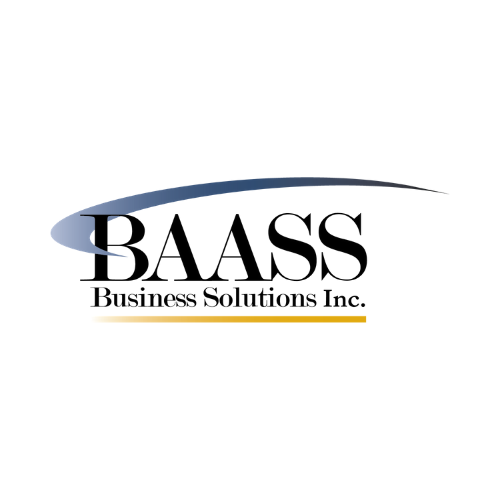Organizations large and small are leveraging technology to help them overcome business challenges, enhance efficiency, and much more. When technology is used effectively it becomes a powerful tool used to help businesses obtain a competitive advantage. Many organizations pursue a digital transformation in hopes of reaping the benefits that apply to technological upgrades. In this blog post, we will share how you can analyze the skill sets of your employees to determine the technologies that will improve your workplace.
Skills Gap Analysis
A skills gap analysis can be performed to help organizations determine the gap in the current skill set of employees and the skills they need to meet organizational goals and objectives. There is no denying the importance that employees need to update their skills over time. As technology advances, more tools become leveraged within organizations. Employees must adjust to their changing roles and responsibilities due to technological advancements within their organications.
According to a study, most organizations (43%) are currently experiencing skill gaps, and the majority of their current roles are being disrupted by changes in the market and technological trends. For this reason, many organizations are focusing on not only determining what the skill gaps are, but addressing them to remain competitive. However, a large challenge in this is actually finding out how to effectively gather insights on the current skills set of their employees.
When performing a skills gap analysis, it is important to be mindful of how this process may look different for every organization. Skills gap analysis can be performed on an individual basis or for a group of employees (whether it be a team, department, or the whole company). Here’s the basic structure of performing a skills gap analysis:
- Planning: The first step of a skills gap analysis involves planning. You should have a good idea of what skills you are looking for, and where your organization is headed. It is also important to think about the long-run, how skills may change, or what skills may be needed even further down the road. Skills should be prioritized by different teams or employees at your organization.
- Measure Current Skills: Now in order to determine the gap, you must measure the current skill sets of your employees. This can be done in various ways including using KPIs, conducting interviews, gathering feedback, and using skill assessments. You should also be measuring employees' current skills against your desired skills.
- Analyze the Data: After measuring the current skills, you should have an idea of the gap. You should understand where your employees currently are at on skills and where you would like them to be.
After performing a skills gap analysis, it is important to take action and address the needs. Depending on the organization and the skills needed, this can be in the form of or combination of:
- Implementing a training program: Many organizations like to train their staff to fill positions at their organization, or to meet the skill-set needs of the organization
- Redesigning the job/role (in terms of responsibilities): Especially in the long-run, it is important that organizations review their roles to see how they align with their business goals. Organizations may find that their roles need to be redesigned to fit the updated skills needed to help achieve business goals.
- Hiring: According to the same study, this is the most commonly used tactic for addressing skill gaps over the last 5 years. Some organizations strategically hire to fill skill gaps. In doing so, this means possibly using a modified hiring process, and restructuring interviews to find the right candidates.
Of course, addressing the skill gaps will not look the same for every organization. It is important to consider your workforce and the skills that are missing to determine the right solution. While some gaps exist in terms of soft skills, such as critical thinking, other gaps may exist in technical skills, such as familiarity with using CRM software. Nonetheless, technologies can be embraced to help support your employees and organization. For instance, a business intelligence solution may be the perfect technology to leverage if you are trying to strengthen your employee's skills in critical thinking and decision making.
A business intelligence solution may empower your employees to make more informed decisions due to the benefits offered in terms of not only providing more accurate data but also making data more accessibility at your organization. With cited improvements in KPIs such as employee satisfaction, brand perception, and employee retention, overall, organizations see a lot of success after conducting a skills gap analysis and acting on the information gathered.
